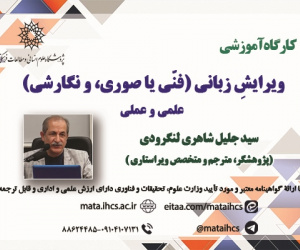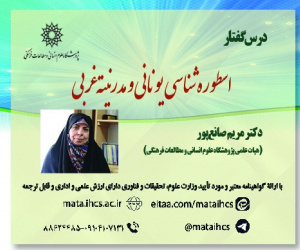طراحی الگوی پارادایمی توسعه بازی فوتبال خیابانی در ایران (مقاله علمی وزارت علوم)
درجه علمی: نشریه علمی (وزارت علوم)
آرشیو
چکیده
هدف: پژوهش حاضر با هدف طراحی الگوی پارادایمی توسعه فوتبال خیابانی ایران با کمک نظریه داده بنیاد انجام شد.روش شناسی: پژوهش از نوع کیفی و با هدف، کاربردی- توسعه ای بود. مشارکت کنندگان در پژوهش شامل 21 تن از صاحب نظران علمی دانشگاهی مدیریت ورزش، مدیران ستادی و اجرایی فوتبال کشور و 34 مقاله علمی مرتبط، بودند که با نمونه گیری نظری جهت مصاحبه انتخاب شدند. تجزیه و تحلیل داده ها با کدگذاری های باز، محوری و انتخابی اسناد و مصاحبه ها با سه دور مصاحبه تا رسیدن به اشباع و اجماع نظری انجام شد. ضریب توافق بین کدگذاران 90/0 محاسبه شد.یافته ها: نتایج کیفی در قالب 44 مقوله، 179 کد مفهومی و 226 گویه در 6 سازه الگوی پارادایمی شرایط علّی (6 مقوله، 32 مفهوم و 39 گویه)، پدیده اصلی (7 مقوله، 18 مفهوم و 22 گویه)، راهبردها (10 مقوله، 37 مفهوم و 77 گویه)، شرایط زمینه ای (7 مقوله، 31 مفهوم و 39 گویه)، شرایط مداخله گر (6 مقوله، 24 مفهوم و 30 گویه) و پیامدها (8 مقوله، 35 مفهوم و 59 گویه) در 4 محور (پیشران ها، موانع، محرک ها و ملزومات) جای گرفتند.نتیجه گیری: توسعه مطلوب فوتبال خیابانی و دستیابی به پیامدهای اثرگذار ملی و فراملی نیازمند اجرای اصلاحات و راهبردهای مدیریتی، رشد و توسعه قوانین است.Design a Paradigmatic Pattern of Street Football Game Development in Iran
Objective: The aim of the research was to design a paradigmatic pattern for the development of street football in Iran with the help of ground theory.Methodology: The research is a qualitative type with an applied-developmental purpose. Participants included 21 academic experts in sports management, national football administrative & executive managers, and 34 related scientific articles, selected through theoretical sampling for interviews. Data analysis was conducted using open, axial & selective coding of documents and interviews through three rounds of interviews until theoretical saturation and consensus were achieved. The coefficient of agreement between coders was calculated at 0.90.Results: Qualitative results were presented in the form of 44 Categories, 179 Conceptual codes & 226 Items within 6 Structures of the paradigmatic pattern: Causal conditions (6 categories, 32 concepts, 39 items), Central phenomenon (7 categories, 18 concepts, 22 items), Strategies (10 categories, 37 concepts, 77 items), Contextual conditions (7 categories, 31 concepts, 39 items), Intervening conditions (6 categories, 24 concepts, 30 items), & Consequences (8 categories, 35 concepts, 59 items) across 4 axes (drivers, barriers, incentives, and requirements).Conclusion: Achieving the desired development of street football and reaching impactful national and transnational consequences necessitates the implementation of reforms and managerial strategies, as well as the growth and development of regulations.








